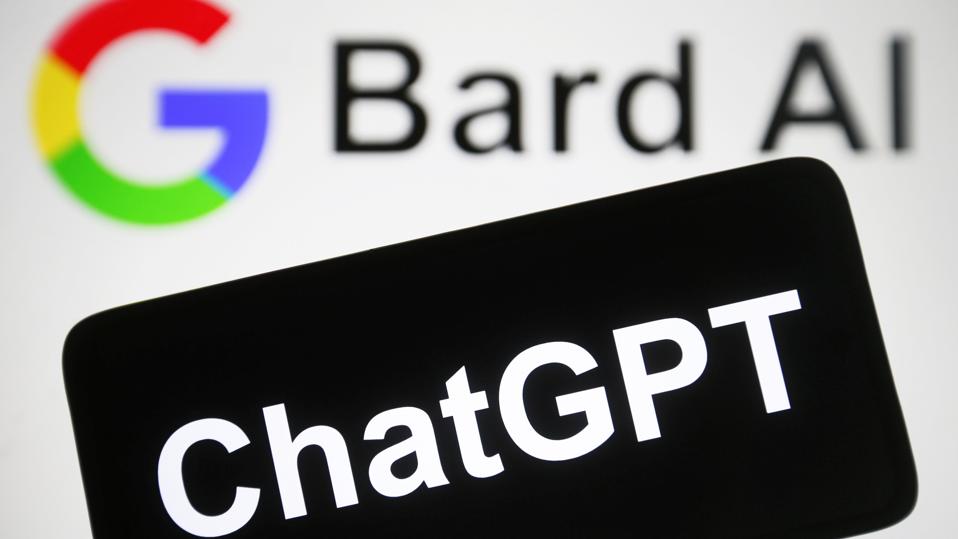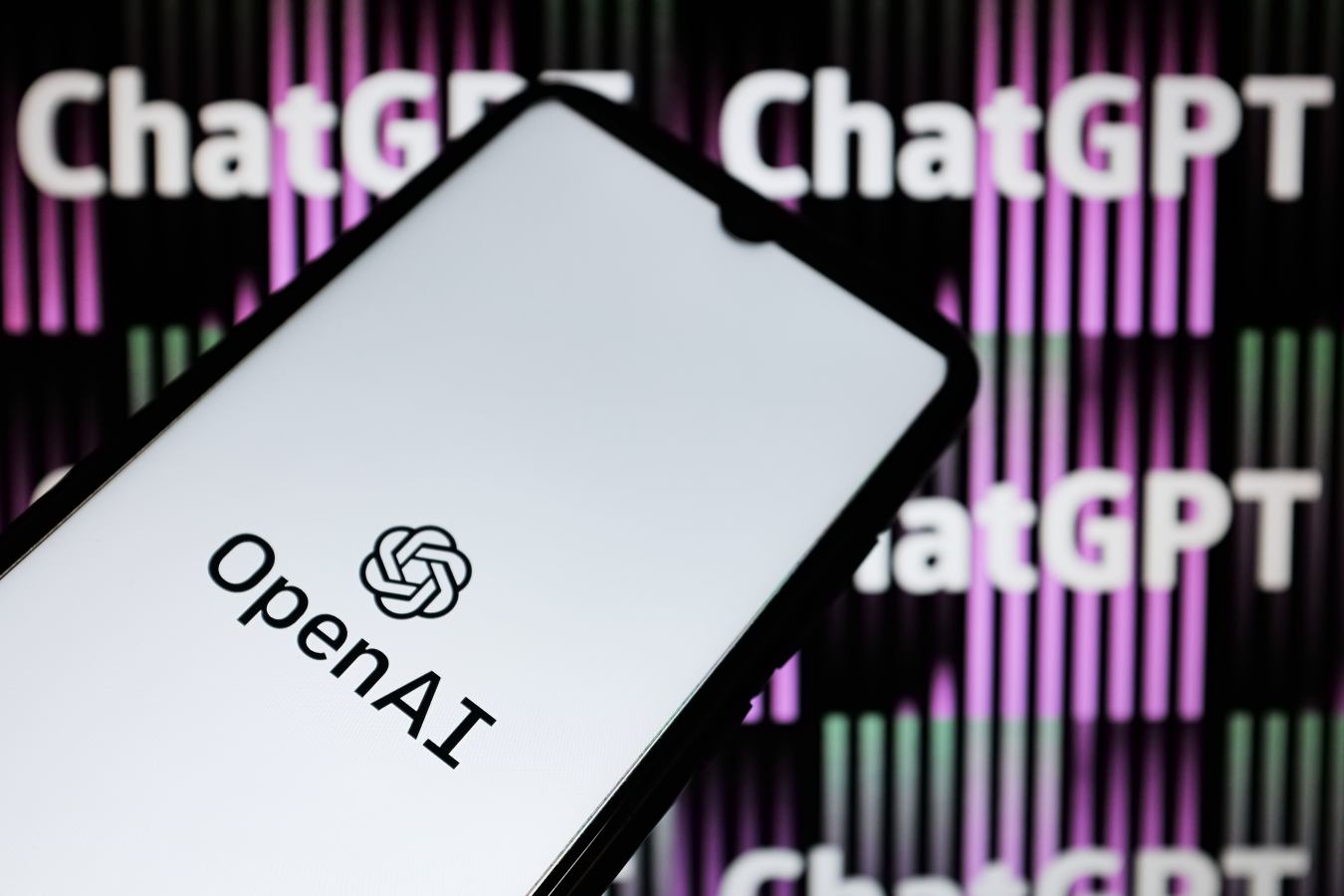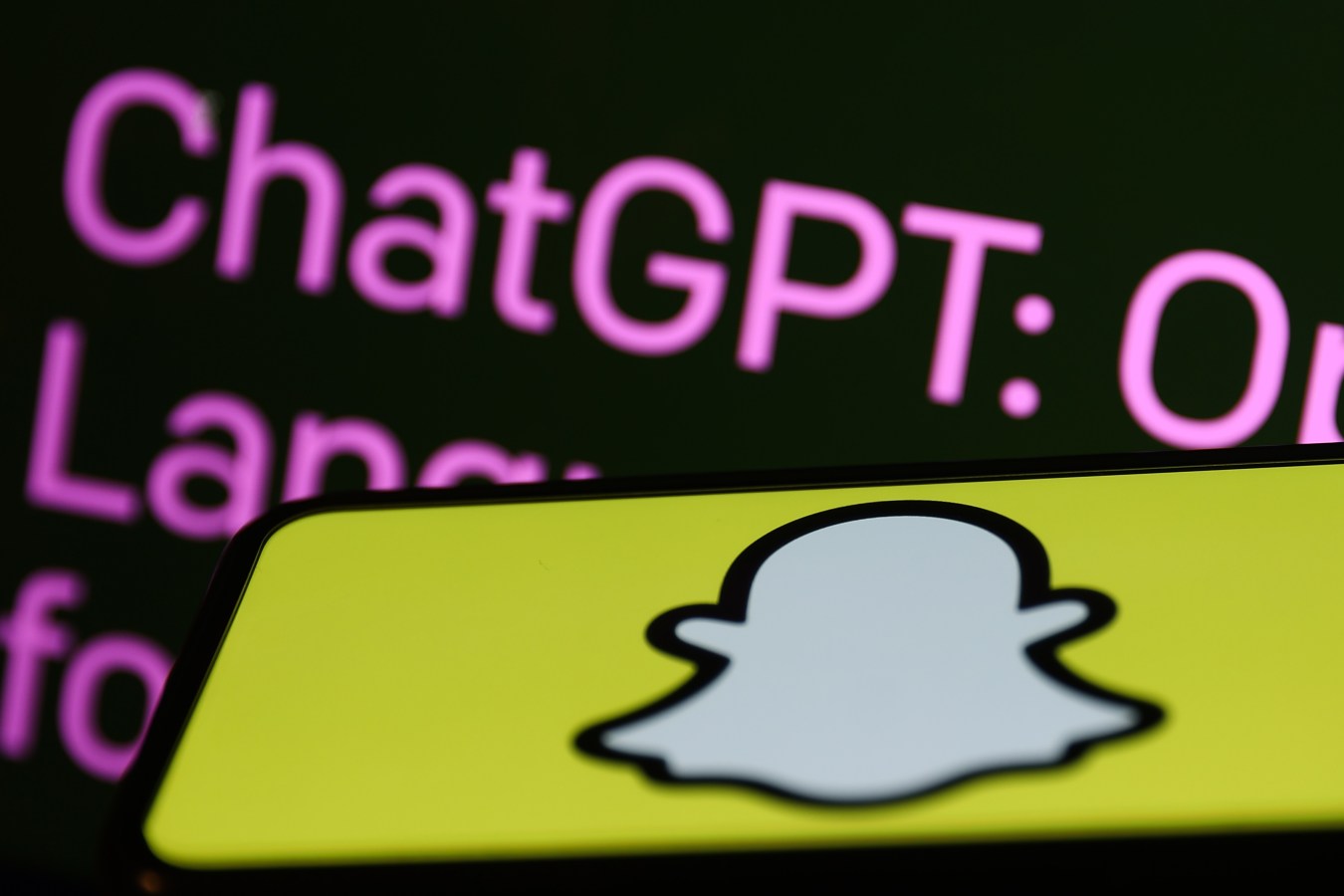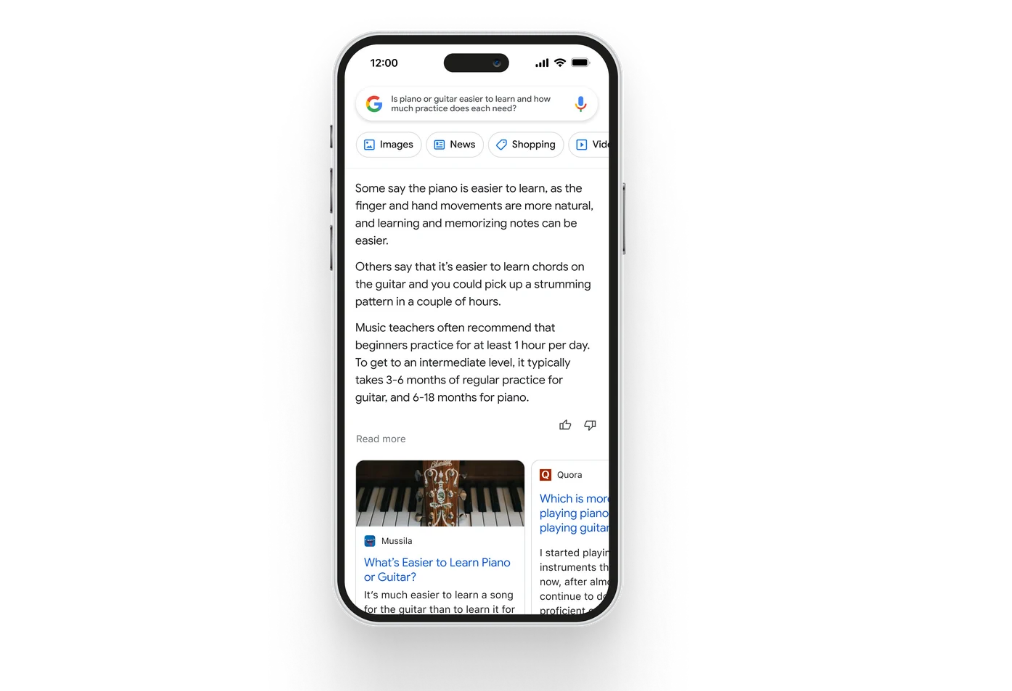AI has become a hot topic, gaining recognition for performing impressive ventures like drafting contracts and coding apps, but it can also help with everyday tasks like budgeting and writing emails.

Key Facts
Since its November 2022 release, people have used AI chatbot ChatGPT to complete a variety of tasks, including writing college-level essays, generating code and even playing games like Tic-tac-toe.
Google released Bard on March 21, a ChatGPT competitor and a separate entity from the company’s Google search engine, deepening the rivalry between Google and Microsoft, an OpenAI investor.
Bard is useful for summarising articles and webpages, planning birthday parties and creating a pros and cons list to help with tough decisions.
AI is ingrained into everyday uses like facial recognition for phones and fixing grammar mistakes—according to a report by mobile development company IDAP, 97% of smartphone users use AI-powered voice assistants like Siri and OK Google.
Both ChatGPT and Bard have their flaws, like Bard’s limited conversation retention and ChatGPT’s knowledge base that ends in 2021.
The chatbots have each been known to spew misinformation and present biased responses—ChatGPT came under fire for writing a positive poem about Biden but refusing to do the same for Trump, and according to a report by The New York Times, experts recommended blocking Bard’s launch due to its inaccuracy.
Creating a meal plan
Planning meals in advance has proven to have great benefits. A study published in the International Journal of Behavioral Nutrition and Physical Activity found meal planning is associated with a larger food variety and lower rates of obesity.
A viral TikTok explained how the creator used ChatGPT to make a meal plan. The chatbot can create meals for any diet. For example, if there’s a calorie or protein goal that must be met everyday, ChatGPT can make a meal plan that caters to that. It can even take into account dietary restrictions (i.e. vegetarian diet, nut allergy) and create a grocery list for the meals.
A sample prompt for ChatGPT to create a meal plan is: “Make me a meal plan of a week’s worth of meals. I need 3 meals a day and I need 3 snacks a day. I must hit a protein goal of ___ grams of protein everyday, and my calorie limit for each day is ___ calories. Be as detailed as possible and include the calorie count and protein count for each meal. I don’t eat ___. Create a grocery list as well.” The bot will then provide a detailed list of meals for each day and a grocery list at the end.
Planning a trip
ChatGPT is a good tool when traveling for recommendations on food, attractions and excursions. When given the prompt, “What are some good food places in [name of destination]?” the bot gives a list of restaurants alongside descriptions.
ChatGPT can help in almost all phases of planning a trip except for finding rates of hotels and prices—that’s where Bard comes in. A sample prompt to find the cheapest flights is: “Find the cheapest roundtrip flights from (place A) to (place B) between (dates of arrival and departure).” Bard will then give the airlines with the cheapest, up-to-date flights—it also notes the cost is subject to change. If these prices are too expensive, Bard can find the solution. Feed the chatbot the following prompt: “Put a tracker on these flights so I get a notification on price reductions,” and it will ask for permission to create a Google Flights account with the user’s email.
If given the permission, Bard will proceed with the account and add the flights to the user’s “watchlist.” It will do the same with hotels, creating a Google Hotels account and adding them to a “watchlist,” also. Unfortunately, neither AI bot can actually book flights and hotels.
Creating a financial plan
ChatGPT can assist with finances as well. When given the prompt, “I make [whatever amount] each month, pay [amount] in rent or mortgage, [amount] in bills, [amount] in groceries, [amount] in gas and I’m [amount] in debt. Make a financial plan for me to help with savings,” ChatGPT gives a detailed and individualized breakdown of where the user should be allocating their money and how much.
With the remaining income after bills and expenses, the bot recommends setting up an emergency fund and saving at least three to six months of living expenses, contributing the maximum allowed for a retirement plan or IRA and saving for other goals like buying a house or a car. It prioritizes debt, recommending putting any extra money from bonuses or tax refunds toward an extra payment.
Drafting emails
AI can help lighten the workload by typing up a response to emails. For example, Bard can type up a response to a work request the user doesn’t have time for using the following prompt: “Write a response to the following email and tell them I won’t be able to do this assignment: (paste the contents of the email).” Bard will offer three drafts for the response, which the user can pick from. However, when asked to send the email itself, Bard says it will, but will include a disclaimer letting the recipient know the response is coming from an AI. It doesn’t actually send the email, though, it just spits out the text for the user to copy and paste. ChatGPT is also unable to directly send emails because it “cannot send emails on [the user’s] behalf.”
Look back on the week that was with hand-picked articles from Australia and around the world. Sign up to the Forbes Australia newsletter here or become a member here.


